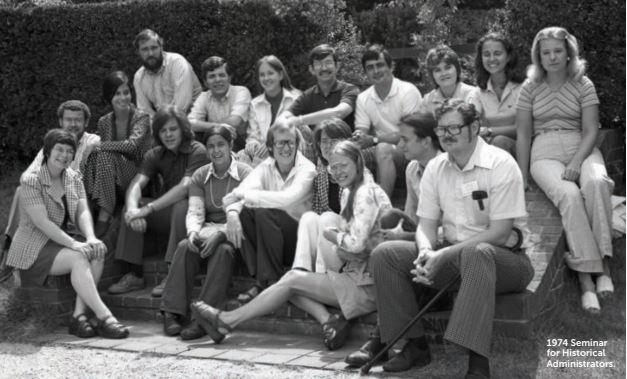The Center for the Future of Museums at the American Alliance of Museums put out a report that includes a call to action for museums to advocate and be active in creating a new learning ecosystem. The report includes two possible futures for K-12 education: one where the divide between the haves and have-nots grows and another where learners are part of a richer ecosystem of learning. The report can be found online here.
This report really spoke to me as an educator and I’d love to have more conversations with my colleagues in the museum and historical organization world. So call me maybe? I also want to excerpt the intro that shows how important education is in our field to tempt you to read the report:
Forecasting a New Era of Education
Museums are educational powerhouses. Did you know:
Museums spend more than $2 billion a year on education. The typical museum devotes three-quarters of its education budget specifically to K–12 students.
Museums receive more than 55 million visits every year from students in school groups.
Museums create educational programs in math, science, art, literacy, language arts, history, civics and government, economics and financial literacy, geography and social studies, often tailored to the needs of state and local curriculum standards.
Each year, museums provide more than 18 million instructional hours for educational programs such as guided tours for students, staff visits to schools, school outreach through science vans and other traveling exhibits, and professional development for teachers.
You’d think, given these stats, people would consider museums as kin to schools, colleges and universities. Yet museum people find themselves having to explain, over and over, that museums are fundamentally educational institutions, with learning embedded at the heart of our missions.



